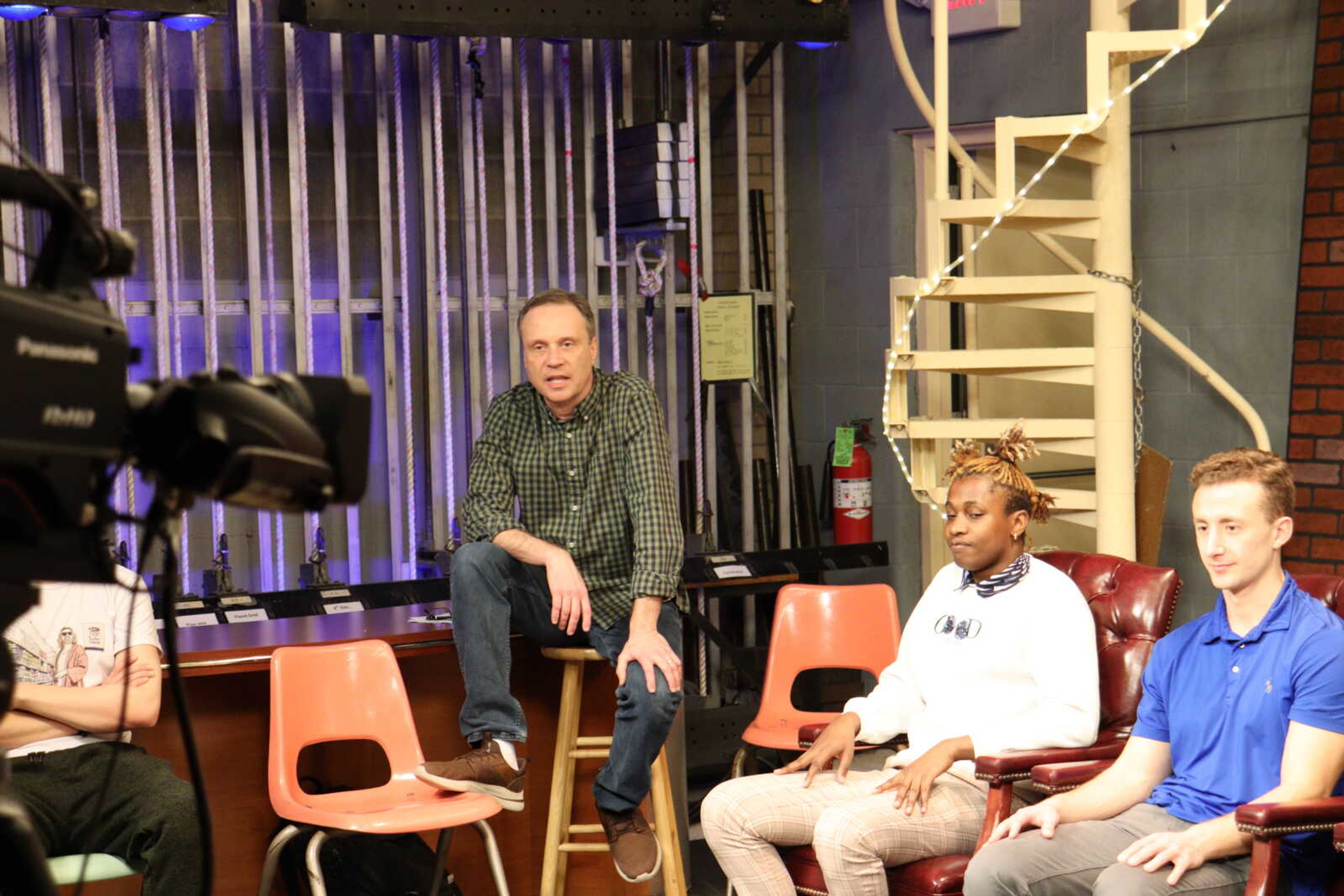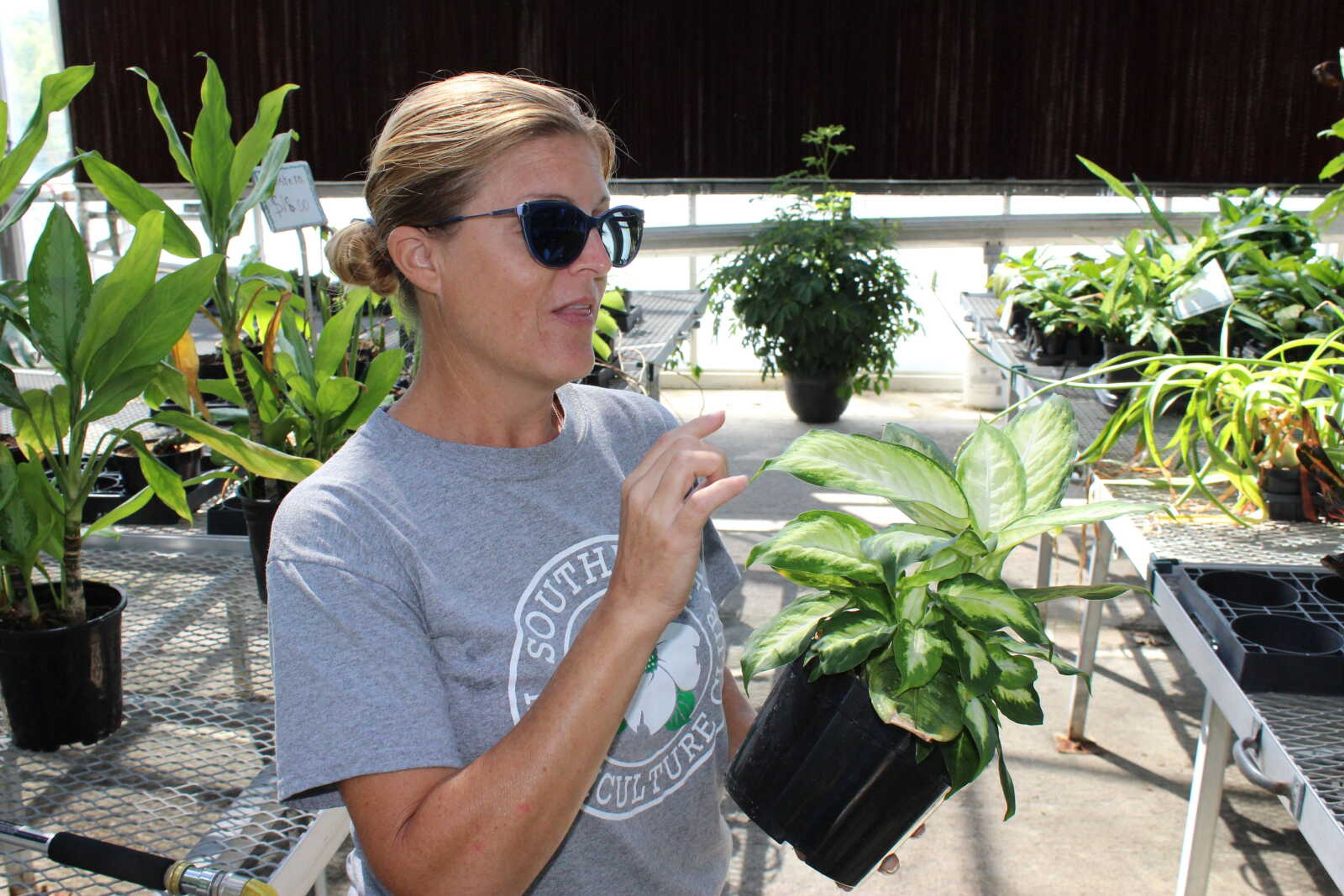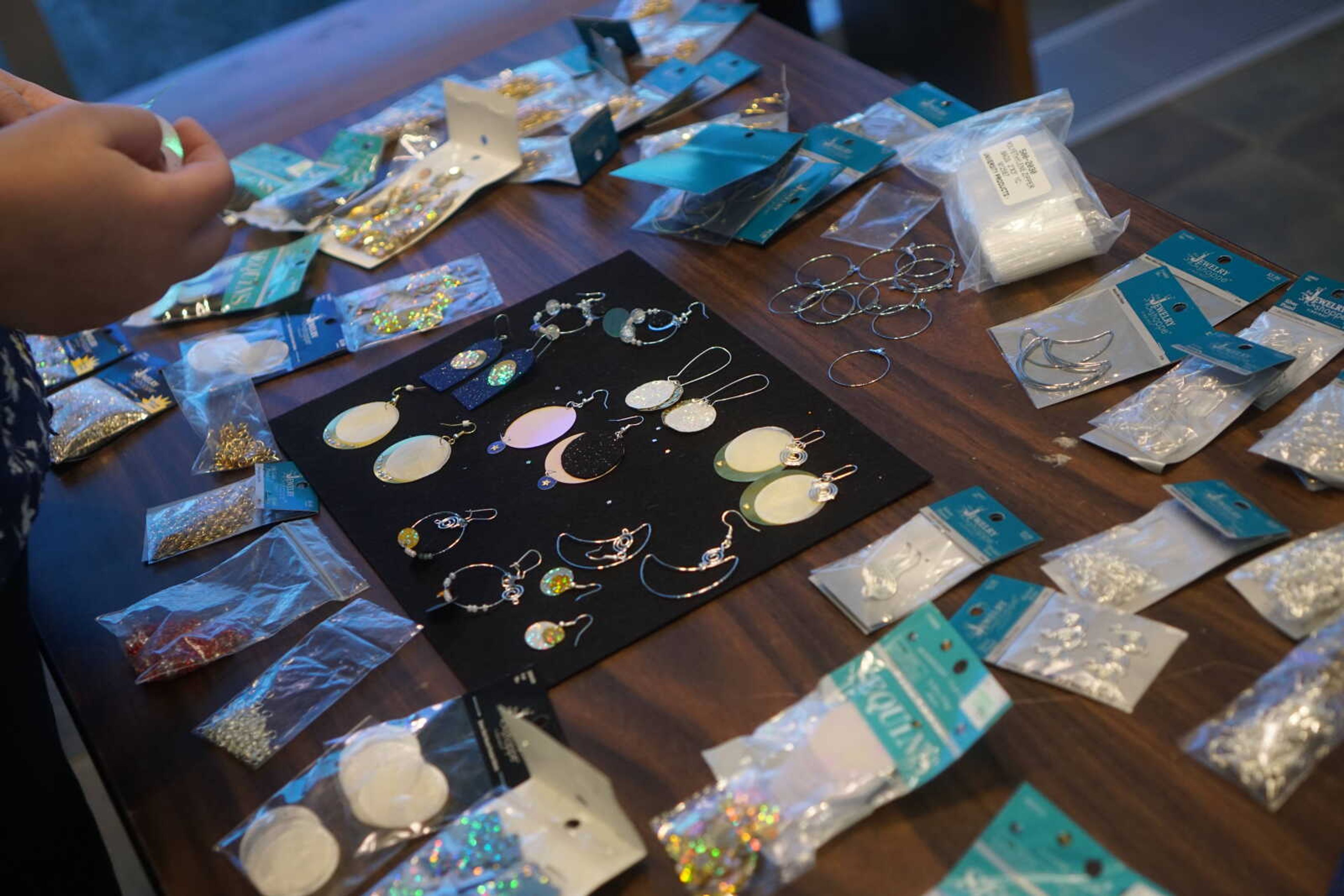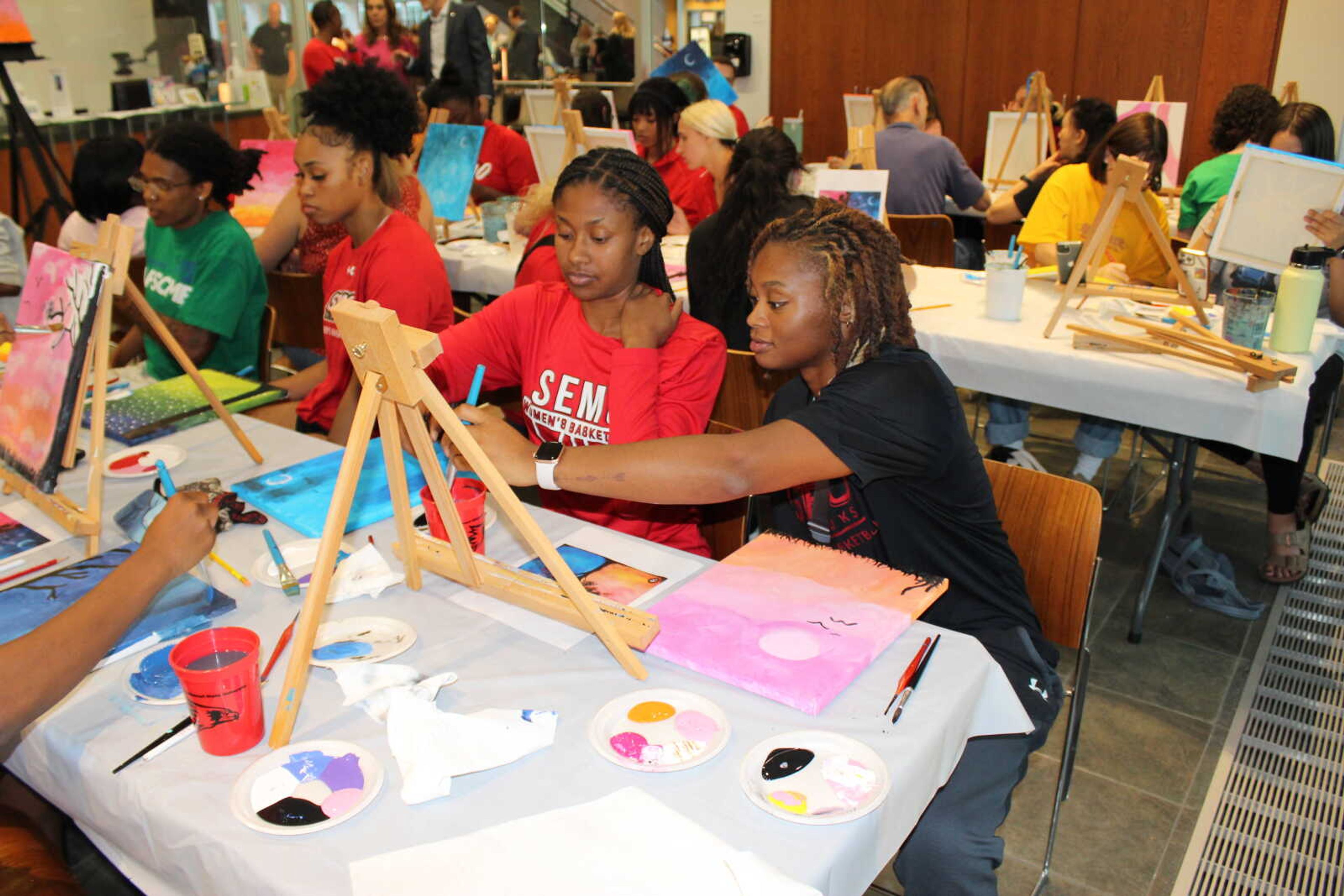For decades, film and television have been a large part of culture and as the industry expanded, the need to grow and evolve became paramount. That evolution didn’t happen overnight, but rather slowly over decades. From new technologies to access for writers and directors to tell their stories, the film industry has shifted, becoming what is known today.
December 18, 2009 Avatar was released to major box offices around the world. According to Forbes Magazine, it made 2.92 billion dollars in its worldwide box office earnings. Avatar began to change the film industry. CGI technology like never before was shown on the big screen, giving life to the fantastical world. Thirteen years later, Avatar: Way of Water released, not only improving on the technology of its predecessor, but displaying new technologies and techniques for its age.
Professor of Mass Media Fred Jones said while the technical part of the industry will always evolve as new technology is introduced, it's how filmmakers utilize these skills to create their movies that gives them life.
“Special effects are not going to look the same as they look 10 years from now,” Jones said. “I think it's more about how storytellers use it to improve story and message as opposed to, hey, we have cool effects for the sake of cool effects.”
Technology isn’t the only way in which the industry shifted in its trajectory. As COVID-19 affected public spaces, the way films were consumed changed as well. Streaming services like Netflix, HULU and HBO became popular, allowing audiences access to new movies, all without needing to leave their homes.
Due to this change in the where and how movies could be enjoyed, new, more independent, film makers came into the spotlight and made their mark as a new age of film began.
Jones said that while people have always been enamored by storytelling, connecting to the characters, their experiences and the world they occupy, our own experience becomes more personal.
“I don't think the big, blockbuster spectacle films should go away. Those are fun, but I want to see the small films also have their place too because some of those are just moving in a different way, in a very human way,” Jones said.
The difficulty of this is getting unique voices their chance in the spotlight. They need an opportunity to show what they can do, Jones said.
But, getting the reach and audience required would seem difficult. To produce a hit movie, would a budget to match that ambition be necessary? TV and Film production Junior Adrian Croissant believes that is not the case.
“I think, these days, it’s a lot easier to make a film that looks very polished, that looks up to par with bigger film and TV production because the equipment used to make professional video and audio has become more obtainable,” Croissant said.
Cameras once cost hundreds of thousands of dollars, but can now be bought for a fraction of that price. This innovation alone, Croissant said, is what has allowed independent filmmakers to break through to the mainstream and have their movies shown.
“A Sony DSLR camera, coming in at about $2,000, and we’re talking about a full frame, cinema camera, is an incredible deal…I think that’s what’s kind of driving independent creators to create better looking content nowadays,” said Croissant.
Technology isn't the only area seeing innovation. Graduate of TV and Film Production Bennett Turner, said the space itself has become a lot more diverse. With the doors opening to international audiences as well as the growth in female producers, the industry has never been more diverse. According to the “Diversity report 2021” by UCLA, in the last ten years, roles and directors for both women and people of color have nearly doubled.
“As far as diversity goes in the film industry..it still needs work, but it's the best that it's been. I think it's cool that we’re seeing more female and more minority filmmakers, which is great. I think film in general has had a history of being segregated, but that's what I like about the last ten years, with seeing more diversity,” Turner said.
Turner said while films used to have the same stories told, opening the industry up to more diverse groups has allowed new stories and new ideas to enter into the market. With new technology, techniques and opportunities, the growth seen in the last ten years has highlighted the potential as to where the industry will go in another ten years.








